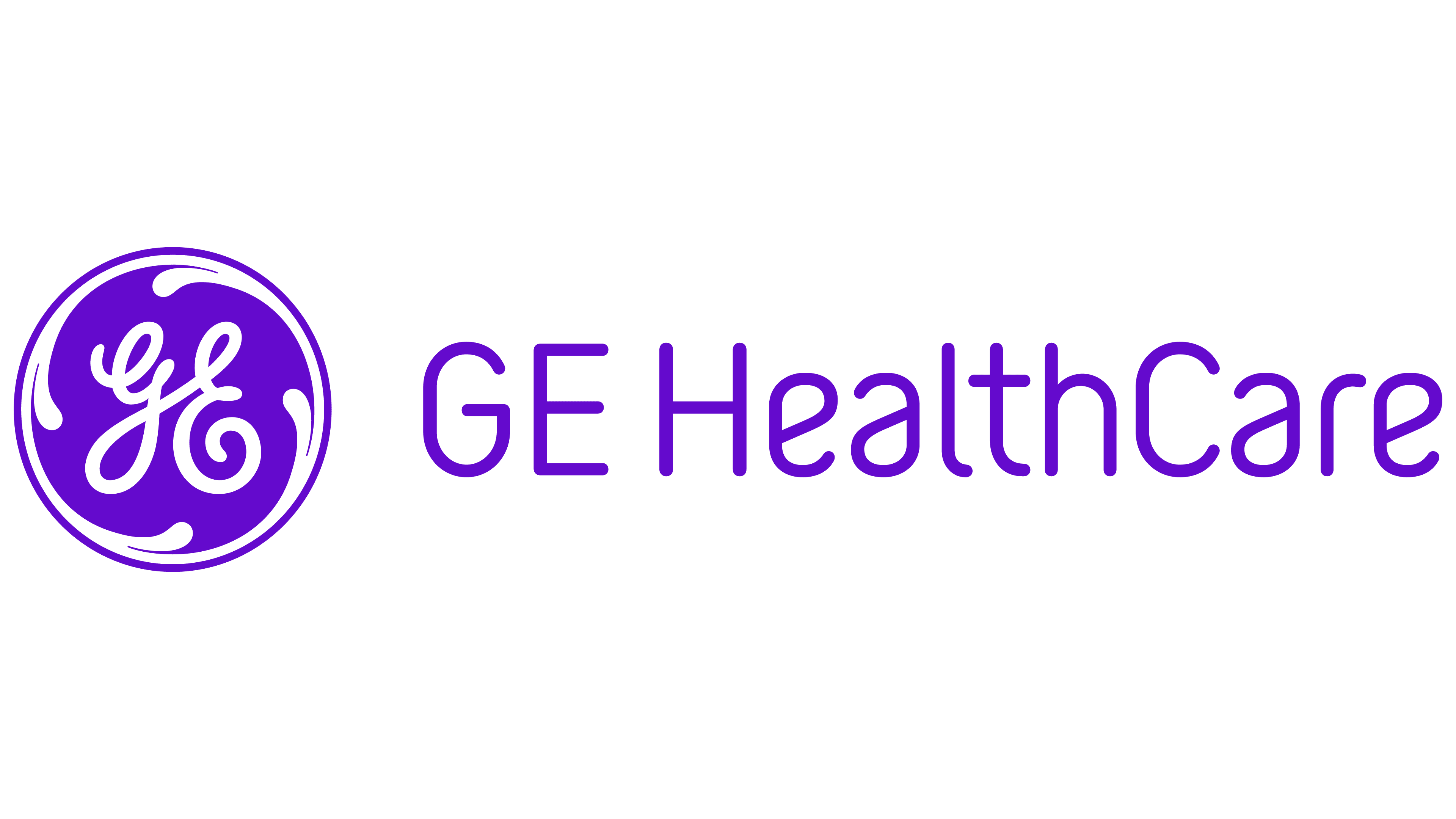Benefits
Provides contactless diagnostic monitoring
of critically ill and premature neonatesEnhanced clinician monitoring
through remote communicationDeveloped a scalable solution
to handle high-quality video streamsComplies with HIPAA
and other healthcare data regulationsOverview

About GE HealthCare
GE HealthCare is a global medical technology and digital solutions innovator dedicated to providing integrated solutions, services, and data analytics that make hospitals more efficient, clinicians more effective, and patients healthier and happier. GE HealthCare is among the largest manufacturers of neonatal incubators.
Opportunity | Using MATLAB and AWS to Build the Foundation for an AI-Powered Remote Patient Monitoring System for GE HealthCare
GE HealthCare manufactures and distributes diagnostic imaging equipment and is among the largest manufacturers of neonatal incubators. The company has extensive expertise in understanding unmet needs of patients and caregivers in the NICU. “Remote patient monitoring is important for neonates who are very fragile and need continuous health monitoring and high levels of clinical care,” says Mohammad Khair, principal AI architect at GE HealthCare. “In addition, there is a clinical need to provide contactless monitoring. Newborns have sensitive skin and therefore benefit from alternatives to traditional adhesive and wire-based monitoring.” The company found that monitoring patients with a camera could provide neonates more freedom of movement and reduce the use of adhesives, wires, or belts on their bodies while still reporting the needed vital metrics.
GE HealthCare envisaged a solution that could transfer camera images from the NICU to the cloud for remote connectivity and health monitoring. Live video streaming and an infrastructure that is coupled with artificial intelligence (AI) and machine learning (ML) could deliver impactful analytics and diagnostics.
Having previous experience using AWS services, GE HealthCare knew that AWS would fit this solution’s needs. “We needed a service to transfer images and communicate data—elastic compute because demand might vary according to the number of cameras in an NICU—and the resources required to process camera streams,” says Khair. “AWS had that array of services.”
For the solution’s analytics, the company used MathWorks’s MATLAB. “Medical devices and applications are sensitive areas that are subject to regulatory controls,” says Khair. “We used MATLAB because of the robust business processes around its development, release, and verification.”
MATLAB has powerful algorithms and can use AI to conduct analytics. The MATLAB engine can train models, can perform model inference on images and other data, and has mathematical capabilities to model and simulate processing signals and images. In addition, MATLAB’s workflows operate seamlessly on AWS, satisfying healthcare and medical device needs. “AWS also facilitates HIPAA compliance, which is super useful,” says Akhilesh Mishra, medical devices industry manager at MathWorks.
Solution | Processing Video Streams on the Cloud Using Amazon Kinesis Video Streams and AWS IoT Core
The solution can work with cameras in the NICU to capture images and video. To move data from its own solution to the cloud, GE HealthCare made use of Amazon Kinesis Video Streams—which lets organizations capture, process, and store media streams for playback, analytics, and ML. Video is streamed through a WebRTC (web real-time communication) application using Amazon Chime SDK—which lets organizations add near real-time voice, video, and messaging powered by ML into their applications. “Amazon Chime SDK has great quality, reliability, and scalability,” says Khair.
To conduct analytics on video streams, the solution uses AWS Lambda—which businesses can use to run code without thinking about servers or clusters—to parse and render the video streams as image frames before sending them to MATLAB Production Server. MATLAB uses computer vision, deep learning, and signal-processing algorithms to analyze the image frames, offering a functionality that could provide insights on newborns’ health and recovery. Those insights could be sent to other applications or dashboards to help medical teams provide remote monitoring, diagnostics, and treatment services to neonates.
MATLAB Production Server runs on Amazon Elastic Compute Cloud (Amazon EC2)—which provides secure and resizable compute capacity for virtually any workload. Thus, the server can manage large volumes of data at a high streaming frequency and support model training and deployment of AI and ML algorithms. For connectivity between devices, edge servers, and the cloud, the solution uses AWS IoT Core—which lets organizations easily and securely connect devices to the cloud.
The solution demonstrated the potential of these tools to help support medical professionals’ provision of care through contactless remote monitoring, especially for newborns whose skin is especially sensitive to adhesives or sensors. “You could do physical or physiological monitoring of babies, such as checking whether they are in a safe position or assessing their sleeping patterns,” says Khair. “There is a strong unmet clinical need for remote and noncontact monitoring of newborns, and we are merging communication and diagnostic monitoring into the same architecture.”
Outcome | Saving Development Time and Effort and Providing Design Flexibility
GE HealthCare continues to work alongside AWS and MathWorks to develop its scalable solution for handling large volumes of high-quality video streams from connected cameras and performing analytics on them. “Working alongside AWS and MathWorks, we developed initial prototypes to understand how to deploy this solution and assess real-world performance,” says Khair.
GE HealthCare has seen additional benefits in processing nearly continuously streaming videos. “We save significant development time by using AWS tools for data streaming and processing and MathWorks tool sets for AI engines and compute,” says Khair. GE HealthCare estimates that it will deploy the solution—one camera per bed—in the NICUs that use its solutions. “Working alongside AWS, we managed to handle this data volume—compute, memory, bandwidth, and the need to scale up or down to optimize costs.”

We save significant development time by using AWS tools for data streaming and processing and MathWorks tool sets for AI engines and compute.
Mohammad Khair
Principal AI Architect, GE HealthCareAWS Services Used
Get Started
Did you find what you were looking for today?
Let us know so we can improve the quality of the content on our pages